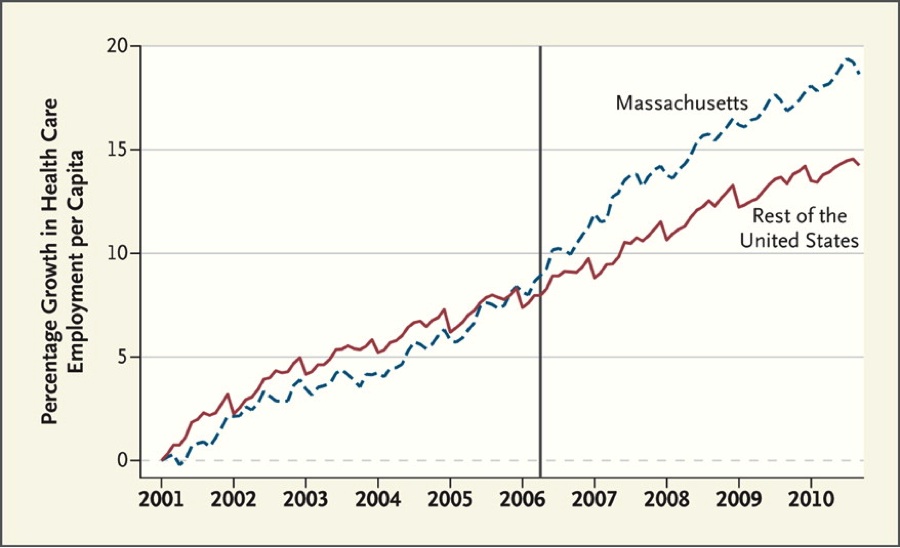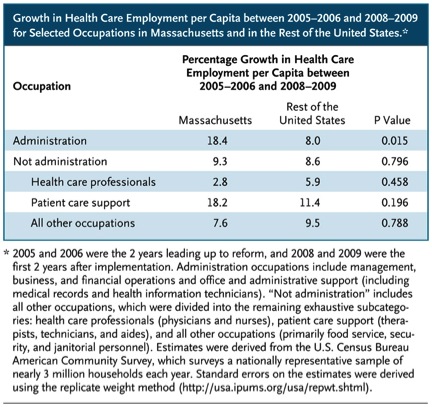New Statin Therapy Warnings and Its Science
Stanley Feld M.D.,FACP,MACE
I have said repeatedly that patients have to become the Professors of Their Disease. A reader recently wrote, “ The average consumers are not smart enough to evaluat complicated clinical data.”
My answer is that it is the responsibility for their physicians to teach them how to evaluate the data used to decide on their cause of therapy.
Physicians’ goals are to their treat patients with the best possible evidence based medicine. It is the patient’s responsibility to understand the reasons for the treatment and be responsible for adhering to the treatment.
In my opinion, during the last decade, arriving at the best evidence based medical care has become very difficult. The design of clinical research studies has become sloppy. The statistical results of the studies have frequently been misrepresented. Statistical trends have been interpreted as being statistical truths.
However, once a statistical trend has been reported and accepted as evidence the non- statically significant data have resulted in producing defective healthcare policy and decreasing the quality of medical treatment.
One prime example has been my opinion of the effect of the Women’s Health Initiative on women’s health. Another is the conclusion of the FDA to put a black box treatment warning in the labeling of statins.
The conclusions drawn from the clinical data for the recent black box warning are wrong. The studies are wrong because the clinical studies were designed poorly or the conclusions were not statistically significant.
There are a few simple statistical rules that must be followed for a study to prove that the conclusions are correct and a medication has a certain statistically significant effect.
The p value must be less than .05, the confidence interval must not cross 1 and the hazard ratio must be 2 or greater. It must also be a well designed study to be able to show a valid effect.
The women’s health initiative was poorly designed. In my opinion the study design alone disqualifies the study results.
- TNT (Treating to New Targets) trial,[4] 351 of 3798 patients randomized to 80 mg of atorvastatin and 308 of 3797 randomized to 10 mg developed new-onset type 2 diabetes mellitus (T2DM) (9.24% vs 8.11%, adjusted hazard ratio [HR]: 1.10, less than 2, 95% confidence interval [CI]: 0.94-1.29, crosses 1 P = .226). Not significant.
- In the IDEAL (Incremental Decrease in End Points Through Aggressive Lipid Lowering) trial,[5] 239 of 3737 patients randomized to atorvastatin 80 mg/day and 208 of 3724 patients randomized to simvastatin 20 mg/day developed new-onset T2DM (6.40% vs 5.59%, adjusted HR: 1.19, 95% CI: 0.98-1.43, P = .072). Not Significant.
- Across the 3 trials, there was no difference in the major cardiovascular events, which were 11.3% in patients with and 10.8% in patients without new-onset T2DM (adjusted HR: 1.02, 95% CI: 0.77-1.35, P = .69) including the SPARCL trial were not significant.
- In a meta-analysis of 13 clinical trials with 91,140 participants showed no significant difference. It is my opinion that meta-analysis is worthless because of variation in each study’s design.
I understand that the first reaction of a reader would be that it is impossible for the average person to understand the significance of this science.
There is no reason this information could not be explained to people in various formats from very advanced to cartoon simple. The explanations could be available on an Internet social network 24/7 chosen by their physicians.
I believe patients could understand the information once they were motivated to be responsible for their medical care.
I am astonished that “experts” would propagate this disinformation on topics as important as the health and well being of the population.
Hopefully a consumer driven healthcare system would compel everyone to be more careful in examining data from clinical research studies.
The opinions expressed in the blog “Repairing The Healthcare System” is, mine and mine alone
Please send the blog to a friend


warhammer tau • March 21, 2012
Thanks for this post,Good to know that there are still interesting information which you can learn browsing the net and it really helps you a lot.